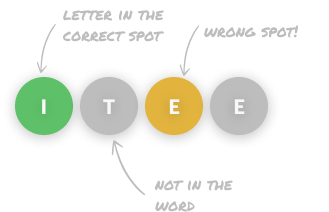pro $24.99 per month
- access to all Manning books, MEAPs, liveVideos, liveProjects, and audiobooks!
- choose one free eBook per month to keep
- exclusive 50% discount on all purchases
lite $19.99 per month
- access to all Manning books, including MEAPs!
team
5, 10 or 20 seats+ for your team - learn more

Sass and Compass in Action is the definitive guide to stylesheet authoring using these two revolutionary tools. Written for both designers and developers, this book demonstrates the power of both Sass and Compass through a series of examples that address common pain points associated with traditional stylesheet authoring. The book begins with simple topics such as CSS resets and moves on to more involved topics such as grid frameworks and CSS3 vendor implementation differences.
about the technology
Sass is an extension of CSS3, adding language features for creating well-formatted, standard CSS using the command line tool or a web-framework plugin. Compass is a framework that sits atop Sass and tackles common stylesheet problems such as grid layouts, handling CSS3 vendor differences, and production environment stylesheet optimization. Together, they do for CSS what jQuery has done for JavaScript: solve real world problems, letting designers and developers create stylesheets more efficiently.
about the book
For 15 years, we've been using CSS to patiently paint the web by hand. No more! Sass and Compass add scripting and a library of components to standard CSS so you can simplify stylesheet authoring, automate tedious tasks, and add dynamic styling features to your pages. Think of Sass and Compass as power tools that allow you to paint with remarkable speed and precision.
Sass and Compass in Action is a hands-on guide to stylesheet authoring using these two revolutionary tools. This practical book shows you how to eliminate common CSS pain points and concentrate on making your pages pop. You'll begin with simple topics like CSS resets and then progress to more substantial challenges like building a personal stylesheet framework to bundle and reuse your own approaches and opinions.
what's inside
- CSS for desktop and mobile web apps
- Loaded with examples and reusable techniques
- Authors are Sass and Compass creators and core team members
about the authors
Wynn Netherland is a full stack web developer who cohosts The Changelog Podcast. Chris Eppstein is the creator of Compass and a member of the Sass core team. Brandon Mathis is a passionate professional web designer with deep Sass skills. Nathan Weizenbaum is the creator and lead developer of Sass.
Salient commentary from the creators of Sass and Compass … a must-read!
An excellent reference for learning Sass and Compass.
Learn from the people who transformed CSS into something fun!
Takes your understanding of Compass and Sass to the next level.
Excellent real-world examples.
choose your plan
team
- five seats for your team
- access to all Manning books, MEAPs, liveVideos, liveProjects, and audiobooks!
- choose another free product every time you renew
- choose twelve free products per year
- exclusive 50% discount on all purchases
-
![]() Sass and Compass in Action ebook for free
Sass and Compass in Action ebook for free
choose your plan
team
- five seats for your team
- access to all Manning books, MEAPs, liveVideos, liveProjects, and audiobooks!
- choose another free product every time you renew
- choose twelve free products per year
- exclusive 50% discount on all purchases
-
![]() Sass and Compass in Action ebook for free
Sass and Compass in Action ebook for free
 Sass and Compass in Action ebook for free
Sass and Compass in Action ebook for free
